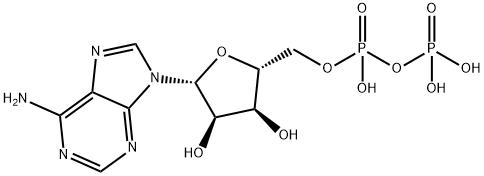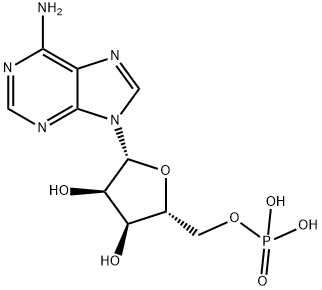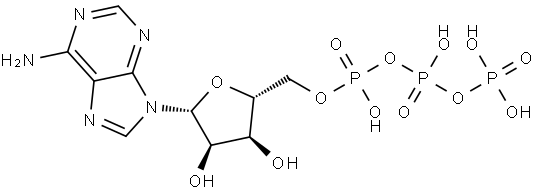
Adenosine triphosphate synthesis
- Product Name:Adenosine triphosphate
- CAS Number:56-65-5
- Molecular formula:C10H16N5O13P3
- Molecular Weight:507.18
Glycolysis is another process that generates ATP. Glycolysis converts glucose into pyruvate and in the process also forms NADH and ATP. The process can be represented as: Glucose + 2ADP + 2NAD+ + 2Pi → 2 pyruvate + 2ATP + 2NADH + 2H+. In this reaction Pi represents free inorganic phosphate. The rate of glycolysis in the body is inversely related to the amount of available ATP. Pyruvate produced by glycolysis can enter the Krebs cycle, producing more ATP.
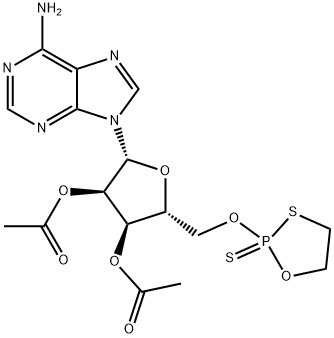
857447-44-0
1 suppliers
inquiry

56-65-5
297 suppliers
inquiry
Yield:-
Steps:
Multi-step reaction with 3 steps
1: 71 percent Spectr. / DBU; tris(tetra-n-butylammonium) pyrophosphate / acetonitrile / 2 h
2: ammonia / acetonitrile / 6 h / 20 °C
3: 65 percent / hydrogen peroxide
References:
Misiura, Konrad;Szymanowicz, Daria;Stec, Wojciech J. [Organic Letters,2005,vol. 7,# 11,p. 2217 - 2220]
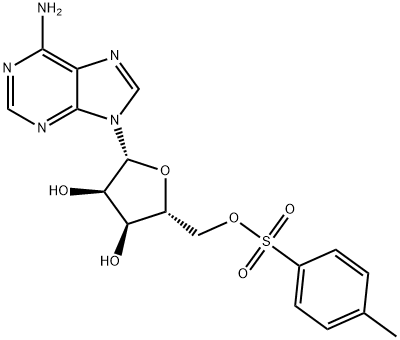
5135-30-8
162 suppliers
$7.00/250mg

56-65-5
297 suppliers
inquiry
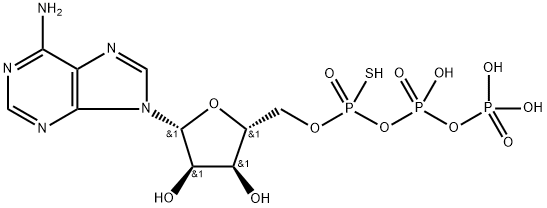
29220-54-0
9 suppliers
inquiry

56-65-5
297 suppliers
inquiry
